Battery Pack
-
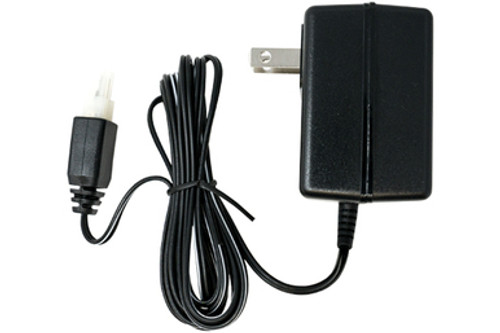
-
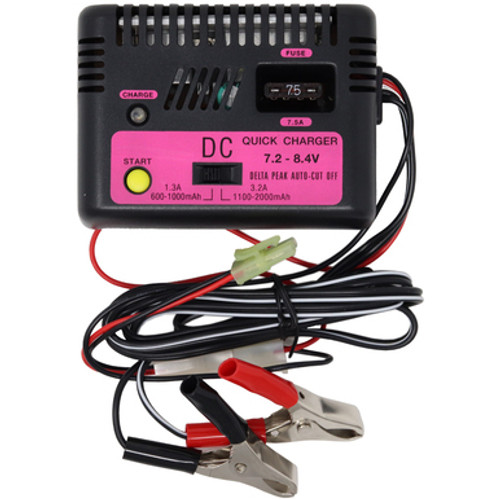
-

-

-

-

-

-
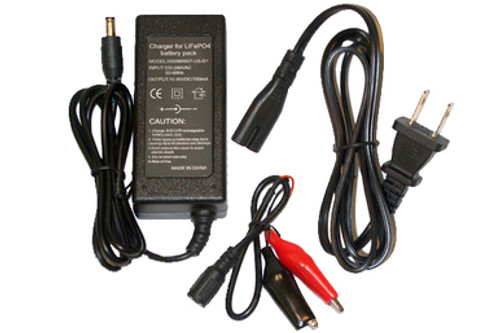
-

-

-

-

-
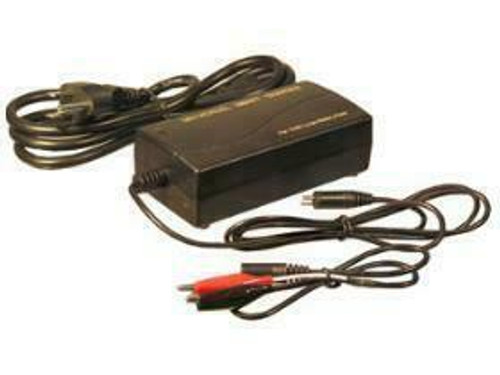
Power Portable
*****14.8 Volt Lithium Ion / Lithium Polymer Battery Pack Smart Charger
$39.99As low as: -

-

-

-

-

Power Portable
22.2 Volt (1.5A) Lithium Ion / Lithium Polymer Battery Pack Smart Charger
$45.89As low as: -
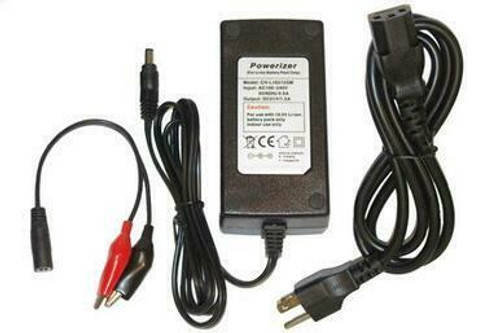
Powerizer
18.5 Volt (1.5A) Lithium Ion / Lithium Polymer Battery Pack Smart Charger
$45.99As low as: -

-
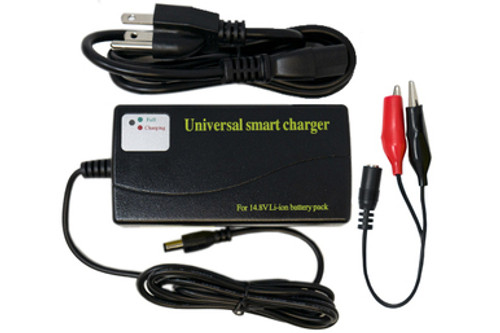
BATTERY PACK CHARGERS
Unraveling the Power of Battery Chargers: A Comprehensive Guide Across Voltage Ranges and Chemistries
In the dynamic world of electronics and portable devices, batteries reign supreme as the lifeblood that powers our gadgets and keeps us connected. From humble AA cells to sophisticated lithium-ion behemoths, the spectrum of battery technologies is vast and varied, each with its own unique charging requirements.
Understanding Battery Chemistries:
Before diving into the world of battery chargers, it's essential to grasp the fundamental differences between the various battery chemistries. Each type of battery has its own unique composition and characteristics, dictating the charging methods and protocols required for optimal performance.
Nickel-Cadmium (NiCd): Nickel-cadmium batteries have long been a staple in consumer electronics, prized for their durability and reliability. These batteries utilize a cadmium anode, a nickel hydroxide cathode, and an alkaline electrolyte. NiCd batteries are known for their high discharge rates and resistance to overcharging, making them ideal for high-drain applications such as power tools and cordless phones.
Nickel-Metal Hydride (NiMH): NiMH batteries are the successors to NiCd batteries, offering higher energy densities and improved environmental friendliness. These batteries replace the toxic cadmium with a hydrogen-absorbing alloy in the negative electrode, resulting in a more eco-friendly alternative. NiMH batteries are commonly used in consumer electronics, including digital cameras, flashlights, and portable gaming devices.
Lithium-Ion (Li-ion): Lithium-ion batteries represent the pinnacle of portable power, boasting high energy densities, lightweight construction, and excellent cycling capabilities. These batteries utilize a lithium cobalt oxide or lithium iron phosphate cathode, a graphite anode, and a non-aqueous electrolyte. Li-ion batteries power a wide range of devices, from smartphones and laptops to electric vehicles and power banks.
Lithium Iron Phosphate (LiFePO4): LiFePO4 batteries offer enhanced safety and stability compared to traditional Li-ion batteries, making them an attractive choice for applications where safety is paramount. These batteries feature a lithium iron phosphate cathode, a graphite anode, and a non-aqueous electrolyte. LiFePO4 batteries are commonly used in electric vehicles, solar energy storage systems, and UPS backup systems.
Understanding Voltage Ranges:
In addition to understanding battery chemistries, it's essential to consider the voltage ranges of the batteries you'll be charging. Different battery chemistries have different voltage characteristics, requiring chargers capable of accommodating a wide range of voltages.
Low Voltage (3.2V - 12V): Low-voltage battery chargers typically cater to NiCd and NiMH batteries, which operate within this voltage range. These chargers are commonly used for charging AA, AAA, and 9V batteries used in consumer electronics, toys, and portable devices.
Medium Voltage (12V - 24V): Medium-voltage battery chargers cover a broader range of applications, including NiMH batteries, Li-ion batteries, and LiFePO4 batteries. These chargers are commonly used for charging power tool batteries, laptop batteries, and electric vehicle batteries.
High Voltage (24V - 42V): High-voltage battery chargers are primarily used for charging Li-ion batteries and LiFePO4 batteries used in electric vehicles, solar energy storage systems, and large-scale backup power systems. These chargers require sophisticated charging algorithms to ensure safe and efficient charging across the entire voltage range.
Choosing the Right Charger:
When selecting a battery charger, it's essential to consider several factors, including compatibility, charging speed, safety features, and ease of use.
Compatibility: Ensure that the charger is compatible with the specific battery chemistry and voltage range of your batteries. Some chargers are designed to accommodate multiple chemistries and voltage ranges, offering versatility and convenience.
Charging Speed: Consider the charging speed of the charger and whether it meets your requirements. Fast chargers are ideal for users who need to recharge their batteries quickly, while slower trickle chargers are suitable for maintaining battery health over extended periods.
Safety Features: Look for chargers with built-in safety features such as overcharge protection, short circuit protection, and temperature monitoring. These features help prevent damage to your batteries and ensure safe charging operations.
Ease of Use: Choose a charger that is intuitive to use and offers convenient features such as LED indicators, charging status displays, and automatic shut-off functions. A user-friendly charger makes the charging process hassle-free and efficient.
battery chargers play a critical role in maintaining the performance and longevity of our portable devices' batteries. Whether you're charging NiCd, NiMH, Li-ion, or LiFePO4 batteries, selecting the right charger is essential for ensuring safe and efficient charging operations. By understanding the nuances of battery chemistries and voltage ranges, you can make informed decisions when choosing a charger that meets your specific needs. With the right charger by your side, you can power up your devices with confidence, knowing that your batteries are receiving the care and attention they deserve.

